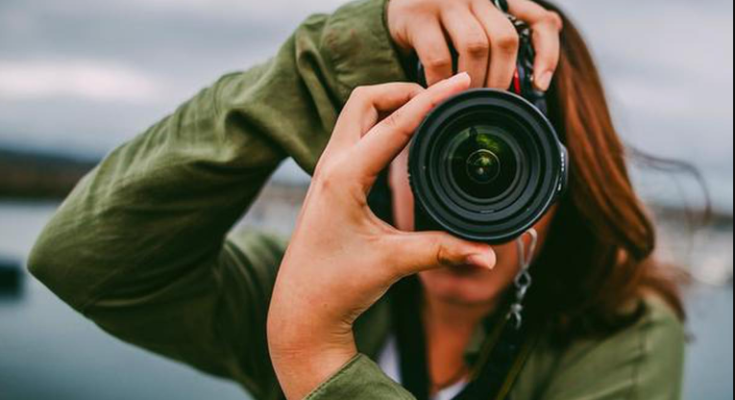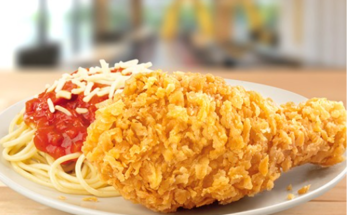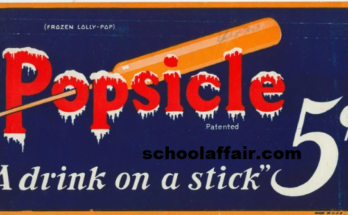People used to say “prunes” when taking pictures. “Say cheese.” It’s an expression that has become so much a part of our culture that everyone understands it to simply mean, “Smile,” rather than a command to utter the word “cheese.”
For many people, smiling and posing for casual snapshots go hand-in-hand, but why do people smile for pictures, and when did this practice begin? After all, if you browse portrait photos created in the early days of photography — or even half a century ago — you’ll find the subjects wearing stoic, humorless expressions on their faces.
Photographers have relied on the magic of cheese for decades — just mentioning the word is enough to turn up the corners of our mouths into a picture-perfect grin. But the earliest photographers utilized a different food to help pursue their subjects’ puckers: prunes.
According to Christina Kotchemidova, a communications professor and researcher, British photography studios of the past encouraged people to say “prunes” in an effort to tighten their lips, a look that was more socially preferable than a wide smile.
Most 19th- and early 20th-century photos show subjects with a solemn expression, a look that’s often attributed to the long exposure times of early cameras; holding a neutral expression for several minutes was easier than maintaining a smile.
But social norms also played a big role — stern faces remained popular even after photo technology had improved well enough to easily capture smiles by the late 1800s, and some historians say that smiling was once considered improper.
Beauty standards of the time called for mouths to have a subdued appearance; Kotchemidova’s research suggests people were expected to have “carefully controlled” mouths with small pouts.
According to one study of nearly 38,000 high school yearbook photos from the 1900s to the 2010s, smiling in photos became more popular by the mid-20th century. Some historians believe the switch was influenced by two factors: dental care and home photography.
Without widespread access to dental care, missing or rotten teeth were common, a detail many wouldn’t have wanted featured in their portrait. Dentistry became a more established field in the early 1900s, the same period when Kodak was marketing its amateur cameras as a way to capture life’s happier, spontaneous moments — smiles included.
The invention revolutionized landscape photography. Portraits, however, were still a nuisance. Good luck getting kids to sit still for family photos, let alone convincing adults to stare motionlessly for 15 minutes. So, photographers set up some simple rules: No talking. No adjusting. No sneezing. And, just to be safe, no smiling.
Grinning exercises far too many muscles. People would tire out, change their expression, and ruin the daguerreotype. No wonder people in old photos look so serious. They needed to gaze blankly for the image to work.
Even if smiling for photos was feasible back then, there’s a good chance that no one would have wanted to smile. The reason? Poor dental care would have led to some pretty unflattering photographs. L. Wood of the Ohio Historical Society writes, that people, particularly older adults, were not comfortable smiling because they did not have very attractive teeth. In the 1800s good dental care was not widely available.
The dental practices like root canals and caps that allow us to keep our teeth today were not done. The cure for a decayed or broken tooth was often simply to pull it. People with missing or chipped teeth might have preferred to take pictures with their mouths closed.
With 3,500 photos uploaded to Facebook every second, photography has become woven into the way we live our lives. Cameras are everywhere, and people don’t think twice about taking — or posing for — a casual snapshot.
For people living over a century ago, this was not the case. Having your photograph taken was much rarer and much more expensive; a portrait session was a luxury treated with a good deal of seriousness, and the etiquette for these formal occasions at the time may have been to not smile.
Wood writes, for most people having photographs taken was not a common activity, but a rare luxury. They might only have their pictures taken a few [times] in their lives. People may have believed that serious expressions suited these special occasions.
The wealthy were much more likely to have their portraits snapped than the poor, and smiling was viewed by the upper class as unbecoming. Matt Soniak of Mental Floss writes,
These early photos took their cues from traditional European fine art portraiture, where smiles were only worn by peasants, children, and drunks. The etiquette and beauty standards of the time also called for a small, tightly controlled mouth.
How people moved from “Prunes” to “Cheese”
By the mid-20th century, photography had become much faster, much cheaper, and much more casual. People were also taking better care of their teeth. Still, it took some time for “Say cheese” to emerge — photographers started a different food: prunes. The Economic Times writes,
Instead of telling subjects to say cheese, photographers in British studios advised them to say prunes, which would lead to a tightening of the lips. Then, in the US, Kodak started making cameras that ordinary people could afford to buy.
It was a tough sell. Kodak had to circulate how-to books and tell people to just click the shutter, and its technicians would do the job of developing and processing the prints. The large circulation of magazines like Life ensured that many people saw photographs that were not posed studio shots. They realized that it was possible to look natural and happy while getting their pictures taken.
Kodak then began marketing their cameras with photographs of smiling faces. As the company succeeded in spreading the joy of photography to the masses, it likely played a huge role in baking “Say cheese” into casual photography culture as well.
Conclusion
At present, most people say “cheese” during photograph, because photography itself has become more advanced (faster, cheaper and much more casual) than before. People are currently aware of better ways to take proper care of their teeth. Hence, it is easy for them to say “Cheese”.



